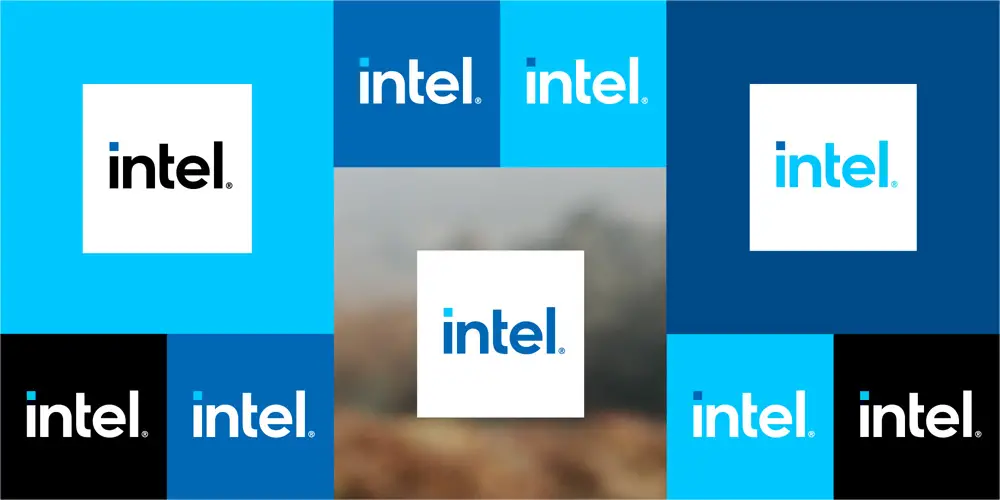Intel says SSDs can replace mechanical disks in 2022 and pays more attention to PLC flash memory
The advantage of solid-state drives is that they are extremely fast to read and write and their capacity is gradually expanding with the development of technology, but solid-state drives are not as good as mechanical hard drives in terms of cost.
Seagate previously believed that solid-state hard drives would never be better than mechanical hard drives in terms of cost, but now Intel completely disagrees with Seagate’s views.
Intel flash memory product executives said that the current solid-state drive is narrowing the gap with the mechanical hard drive, and by 2022, the price of the two products can be crossed.
That is, the cost of solid-state drives is gradually reduced to the cost line of the same level of mechanical hard drives, and solid-state drives are expected to continue to reduce costs and eventually replace mechanical hard drives.

In previous reports, we have mentioned that Intel is currently working hard to develop PLC flash memory. The cost of PLC flash memory is lower than the current QLC cost.
The internal unit of the PLC can store 5bit data so that its overall storage capacity can be increased by 25% compared to QLC flash memory, which means that the price of flash memory can continue to be decreased.
Currently, Intel’s main product is 144-layer 3D NAND QLC flash memory. Intel plans to transition the company’s entire solid-state disk product to 144-layer next year.
After the PLC technology research and development is completed, Intel will continue to make the transition to allow more users to use the solid-state disk, and the capacity of the solid-state disk is also rapidly increasing.
It’s just that the quality of PLC flash memory is worse than QLC, so although the price is lower, the reliability is worse. This requires optimization by manufacturers in the storage industry.





